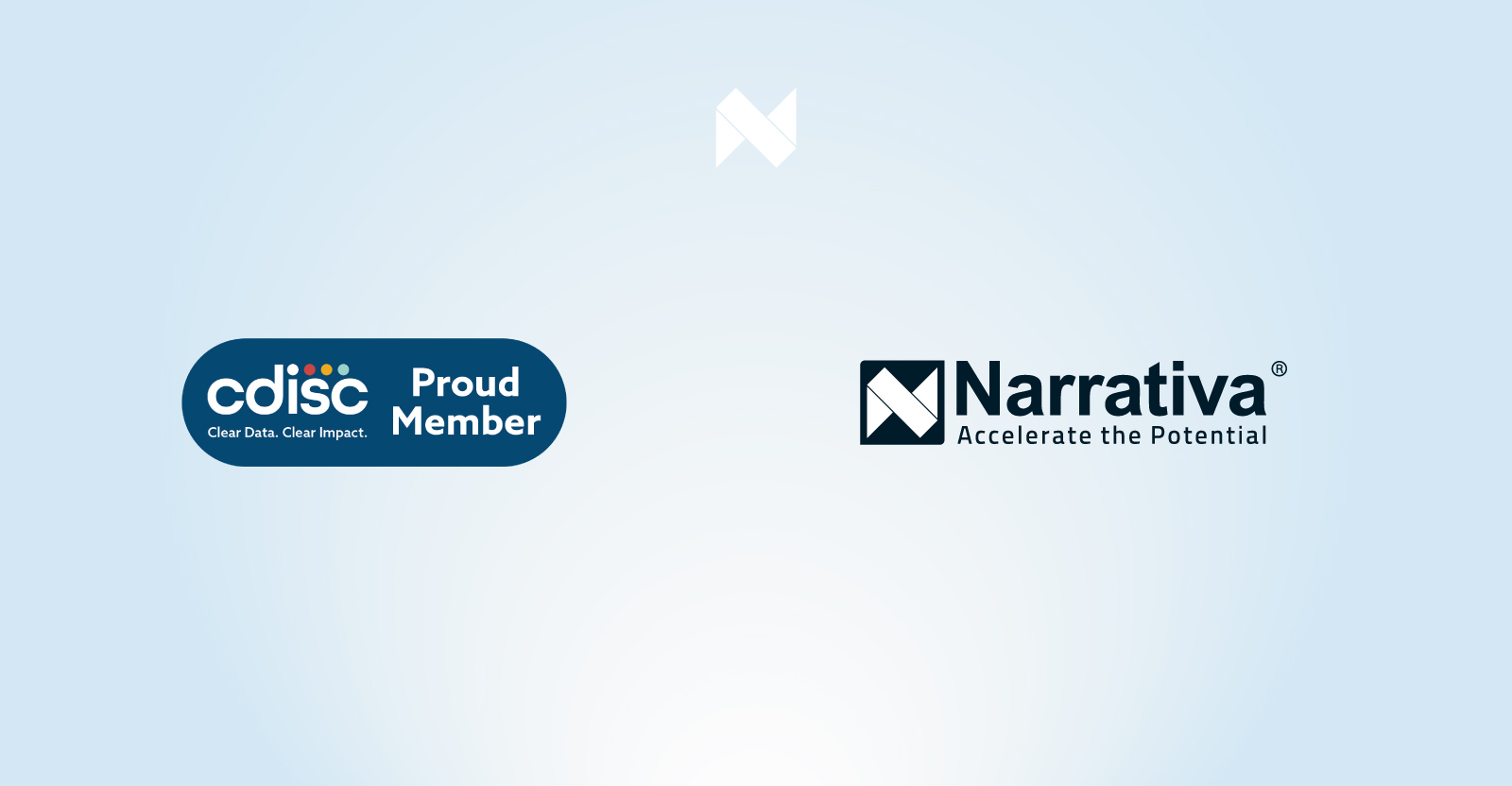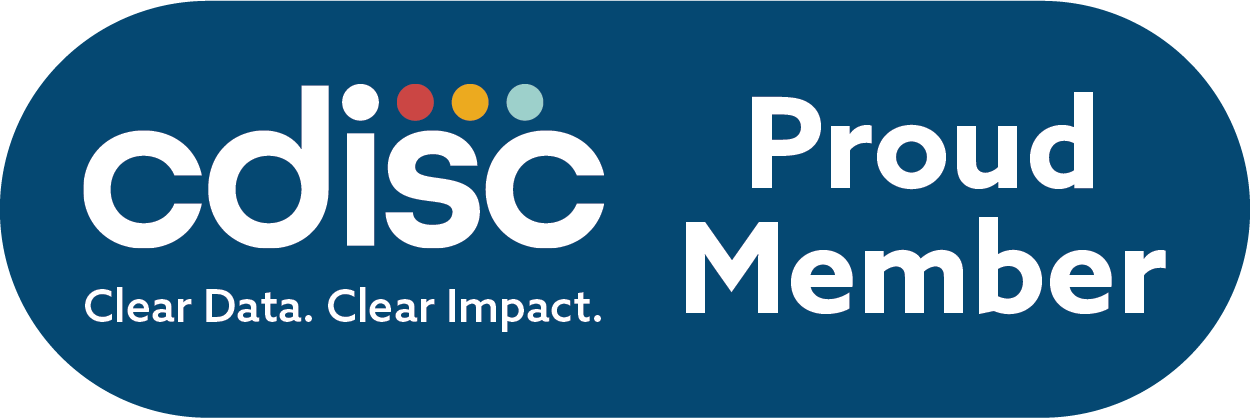April 21, 2023
R as an alternative to SAS in Life Sciences? Let’s find out together!

By Ehab Naim
Statistical Analysis System (SAS) is statistical software that provides means to analyze data and visualize them. Its creation dates back to 1960 and has been used across various business sectors. In the Life Sciences industry, it takes on large datasets generated via clinical study participants. In this regard, it is used to manipulate, analyze, process, and report on the collected information. In most instances, SAS is considered the “Gold Standard” for raw clinical data processing and visualization.
Created in the first half of the 1990s, R is a programming language that is designed for statistical computing and graphics. It is universally available on various operating systems, including Windows, Macintosh, UNIX, and Linux. R is equipped with various tools that help it process large amounts of data and produce high-quality graphical and visual presentations and is widely used among researchers due to its biostatistical versatility. In clinical research, R has been making significant gains in the past several years, as it is used more and more for statistical analysis and reporting of clinical data.
What makes R a better solution than SAS?
The major drawback with SAS is its high cost, unlike R, which is free for anyone to use. Another significant disadvantage of SAS is that it is not an open-source software, so changes and updates to the program have to come from the SAS Institute. On the contrary, R is in fact an open-source program where users can develop and distribute packages that address various problems. One thing to note is that user-developed R packages must meet specific criteria before they can be made accessible to others. This means that the packages are of high quality; developers ensure their consistency so that R remains replicable, and both easy to learn and implement.
R’s packages consisting of graphics, plots, and diagrams, also give it a significant edge over SAS. This is a major advantage for the Life Sciences industry because the Tables, Lists, and Figures (TLFs) created from clinical study databases using R are much more vivid and consistent than those produced by SAS. Lastly, R requires fewer code lines than SAS to produce the same outcome, which programmers view as a significant value.
The big question: Can R produce similar results to SAS?
Indeed, it can! R has been tested many times over and has proven to be incredibly dependable. Regardless whether R or SAS is used, it all comes down to how datasets are handled and manipulated to produce the outputs, like TLFs. When our business partners asked us if we could recreate results obtained with SAS, we undertook the challenge and reproduced the numbers down to the decimal with far better illustration versatility. This was all done using a prespecified template with which we were provided.
Several pharmaceutical companies are already making great strides in implementing R as an alternative to SAS. Statisticians and programmers at these companies have been testing with R, and the results they produced are comparable to SAS. This is paving the road to significant changes in the near future.
Overall, you can think of R as an alternative solution, not a replacement, for SAS. Some companies would prefer to continue using SAS, while others choose R.
About Narrativa
Narrativa is an internationally recognized content services company that uses its proprietary artificial intelligence and machine learning platforms to build and deploy digital content solutions for enterprises. Its technology suite, consisting of data extraction, data analysis, natural language processing (NLP) and natural language generation (NLG) tools, all seamlessly work together to power a lineup of smart content creation, automated business intelligence reporting and process optimization products for a variety of industries.
Contact us to learn more about our solutions!
Share







